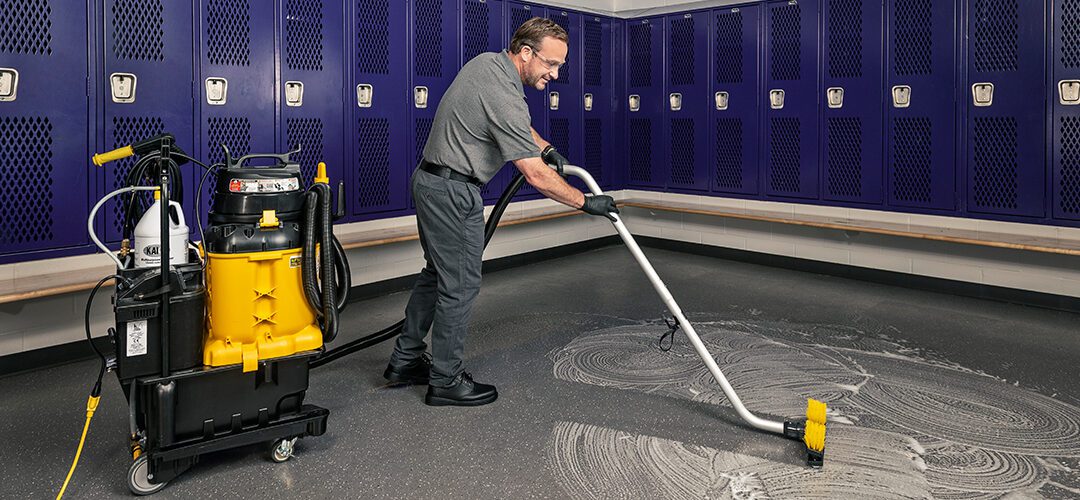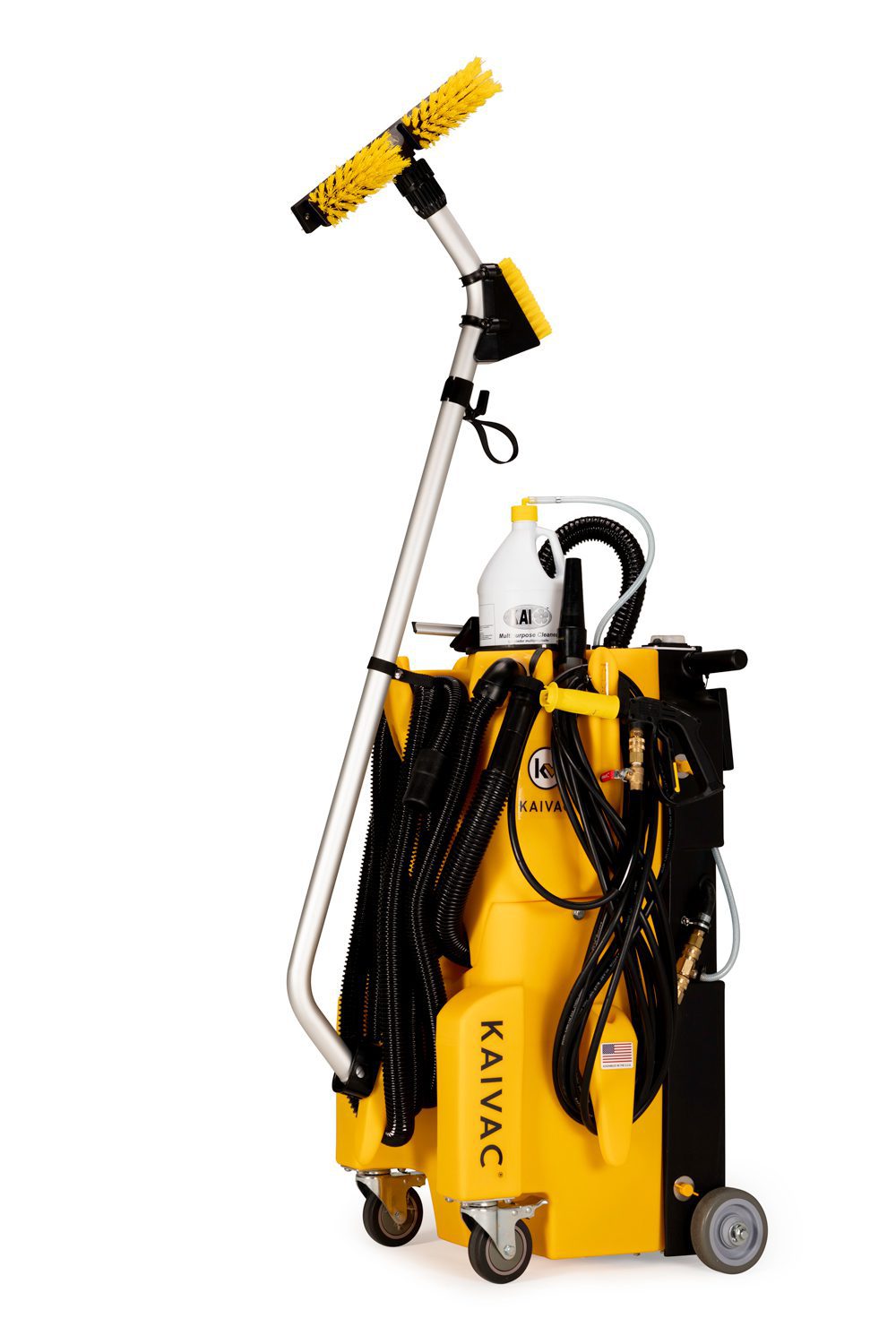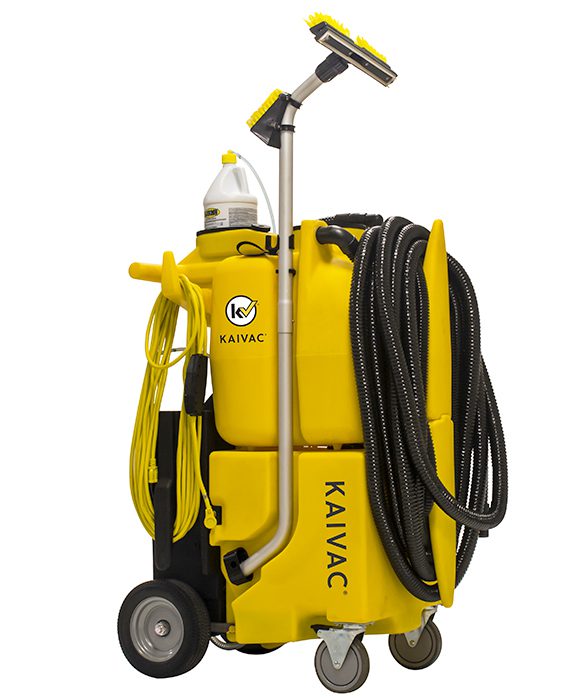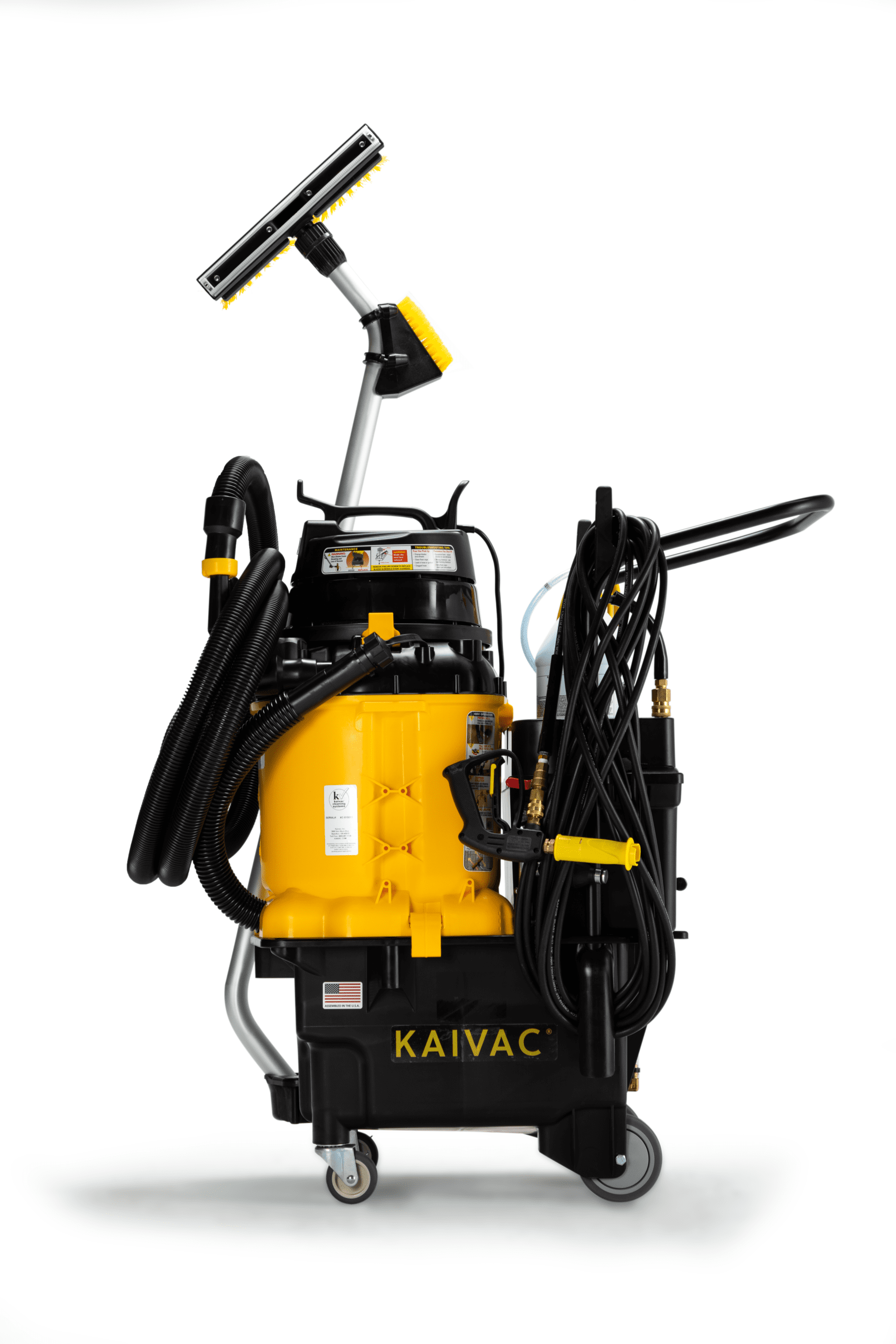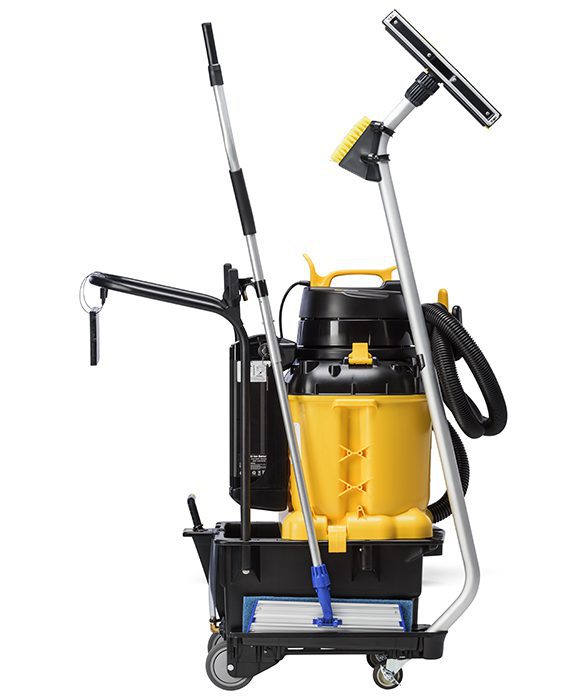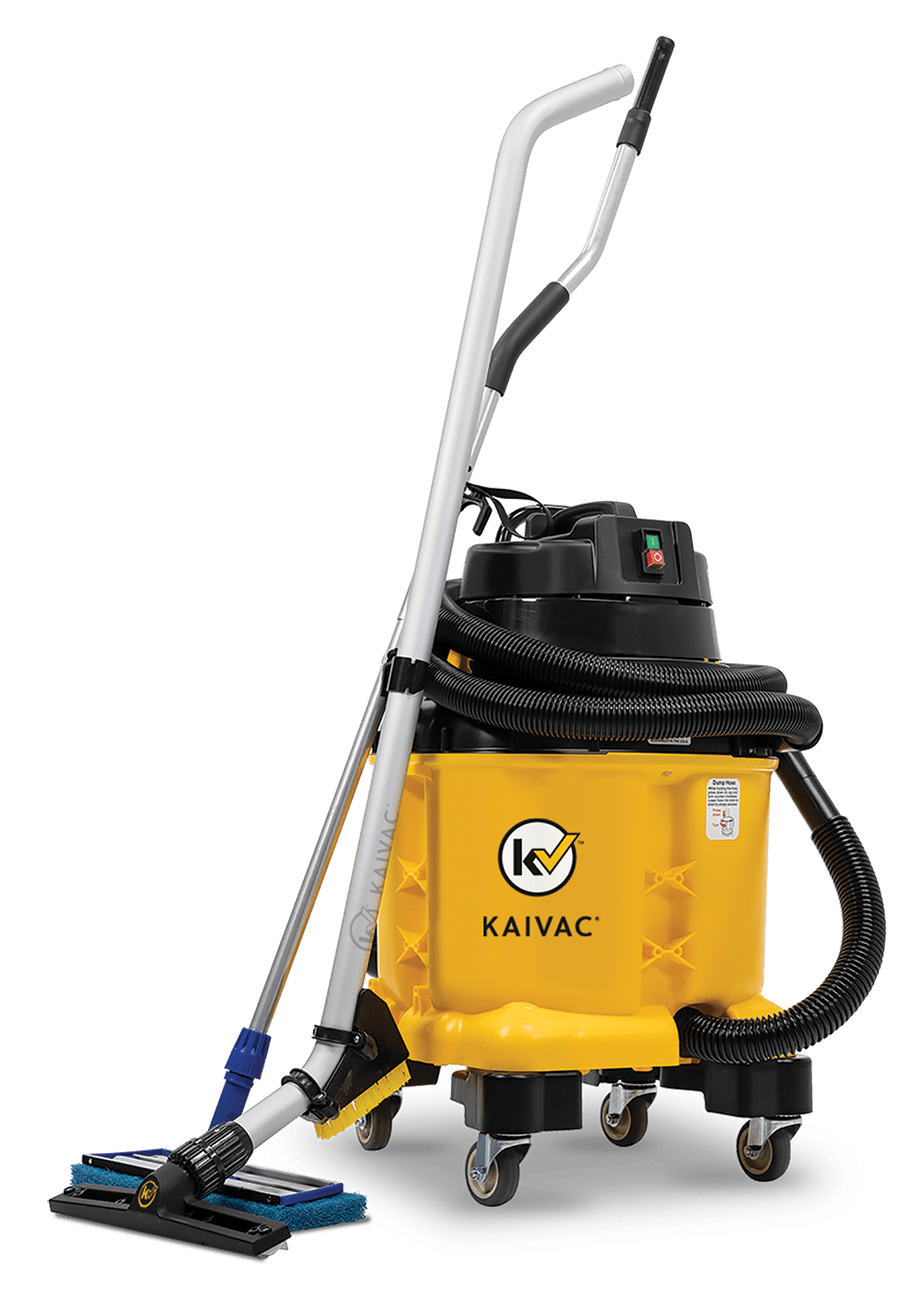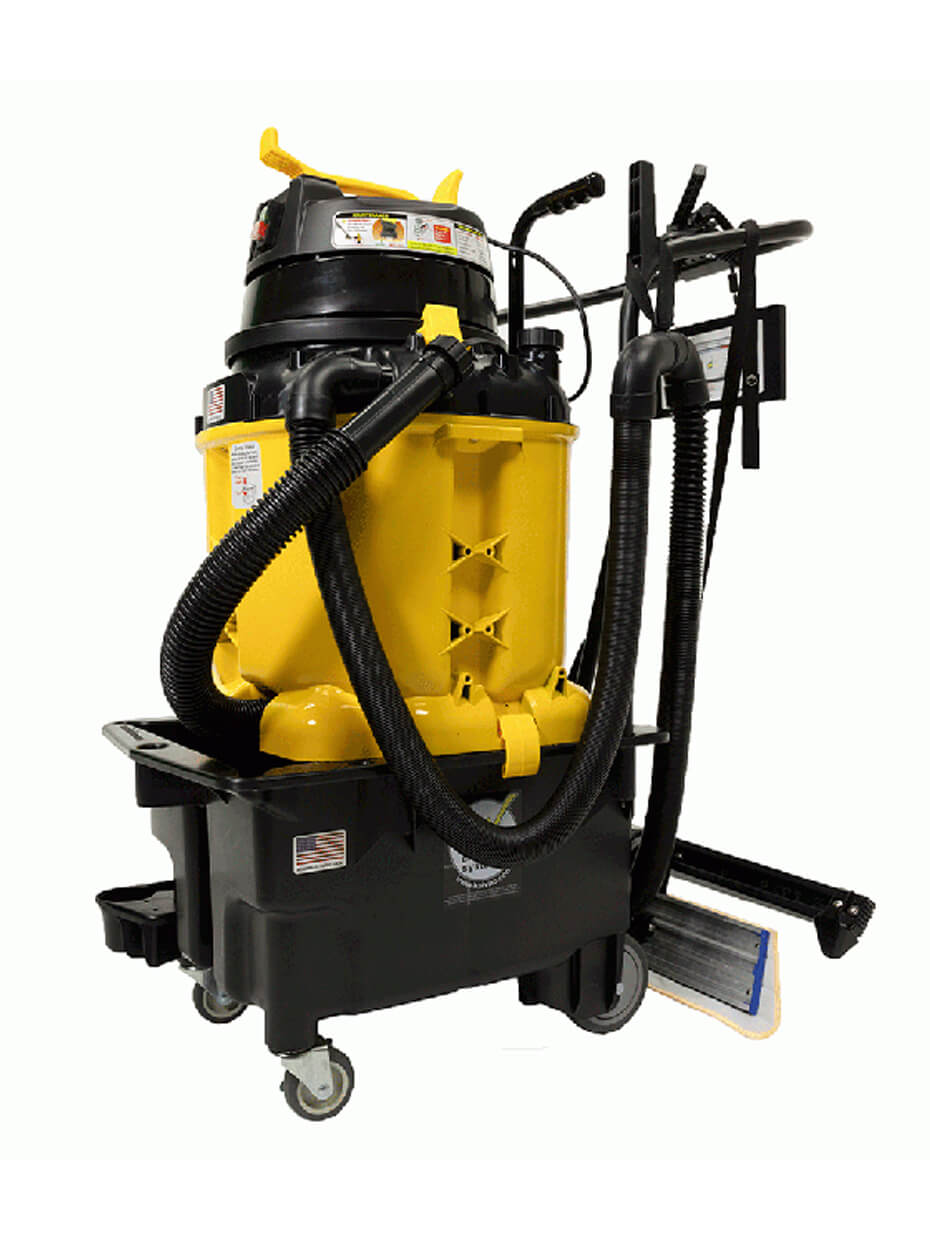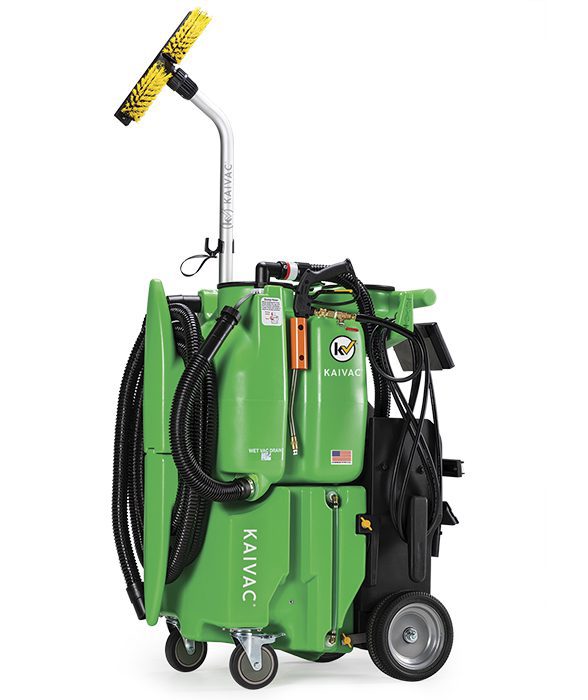Recreational facilities bring communities together. According to the National Recreation and Park Association’s Engagement with Parks Report, more than 280 million Americans visited a local park or recreation facility at least once during the past year. They come to be with family and friends, have a break, get physically fit, and learn a skill.
What they don’t come for is a case of MRSA, athlete’s foot, or plantar warts.
Good recreational facility cleaning practices keep centers clean, safe, and in good condition. Experts recommend following these protocols every day because, as seen in Athletic Business Magazine, “ A single day missed cleaning a recreational facility is like a week of neglect in any other building.”
Here are the best practices for cleaning a recreational facility.
Locker Rooms: A Breeding Ground for Germs
Wet, warm, and humid, locker and shower rooms provide the perfect place for germs and viruses to hide and grow. They are also very hospitable to mold and mildew. In fact, Canadian news organization CBC recently found that showers are the germiest, moldiest, yeastiest places in the gym.
That makes cleaning locker rooms one of the most important things staff can do. But reaching for mops, buckets, and rags will not remove pathogens. That’s why professional organizations choose No-Touch Cleaning® systems from Kaivac to maintain their locker and shower rooms.
Workers spray all the surfaces with cleaning solution, then blast dirt, mold, and dangerous pathogens out of their hiding spots with a high-pressure, freshwater rinse. They then suck the mess away with the machine’s powerful vacuum. Locker and shower rooms are left clean, dry, and safe.
Gymnasium Floors: Caring for Hardwoods
Designers and architects choose hardwood, usually maple, for gymnasium floors for a reason. The material lasts a long time and looks really sharp. It is also easy to clean, at least in theory. Just dry mop the surface to remove scratchy dust, grit, and fine particulates and use water sparingly to pick up spills and stubborn stains.
But, in real life this is no way to clean a large gymnasium floor. Dry mopping—or dragging the floor with a towel-wrapped plank—takes way too much time and leaves too much dirt behind. And soaking the floor with water, or using the wrong cleaning chemical, will damage the surface.
That’s why athletics directors are choosing a better technology to get the job done. The AutoVac Stretch™ from Kaivac puts down just the right amount of solution and then quickly sucks the liquid back up. The battery-operated tool works quickly, cleaning 25,000 square feet per hour. The AutoVac Stretch is also much less expensive than an autoscrubber and has no rotating pads to cause accidental damage.
Fitness areas: Lots of Germy Touchpoints
Fitness areas hold all kinds of equipment for strength training and cardio workouts. Guests are supposed to wipe down this gear after use, but do they? Maybe. But even if they wipe before and after a workout, like many contributors of this reddit thread say they do, the machines still need daily cleaning to fully remove sweat and bacteria.
Recreational facility managers should stock microfiber towels for nightly cleaning. Microfiber naturally lifts and traps dirt and germs and can be used either wet or dry. The towels are easy to launder (cool water, no fabric softener) and last a long time.
Fitness area floors should be cleaned nightly as well. An AutoVac Stretch, which works great on hardwood gymnasium floors, also cleans the vinyl and rubber floors often found in fitness areas. The AutoVac Stretch puts down just the right amount of cleaning solution, agitates with a soft microfiber pad, and then quickly sucks up the slurry in one pass. Fitness area floors are left clean, dry, and ready for their next workout!
